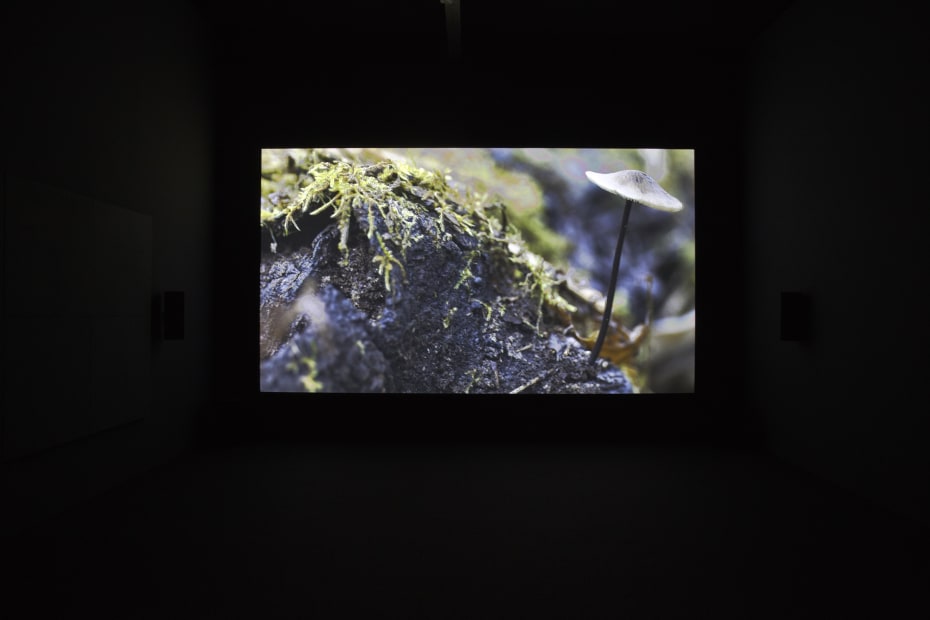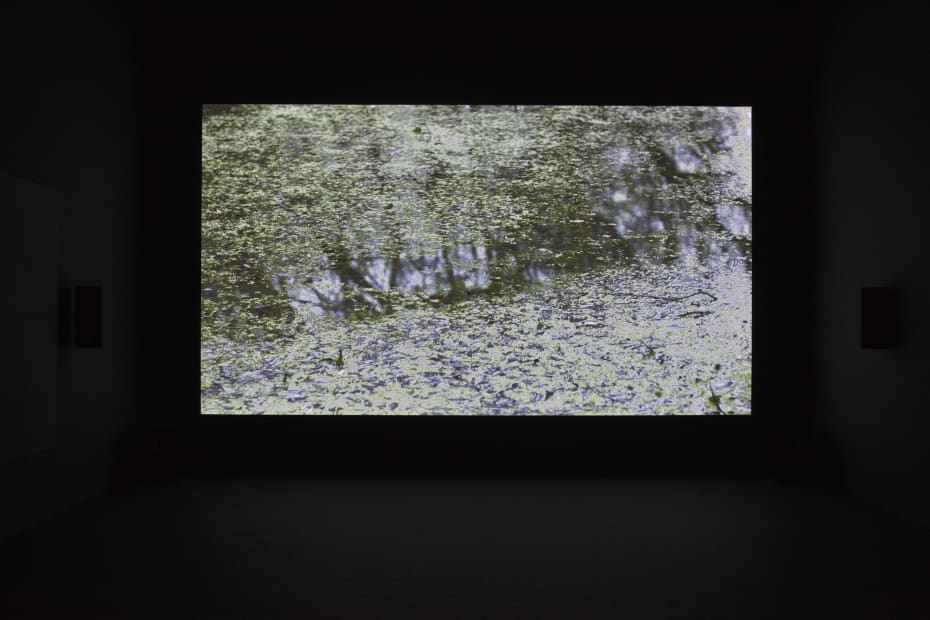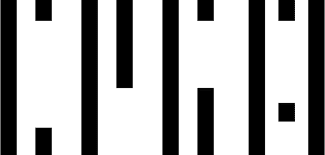For the second time in its history, documenta was directed by a woman. Carolyn Christov-Bakargiev, who recruited “agents” from all over the world for her team of advisors led by Chus Martínez from Spain, caused confusion in the press prior to the exhibition with her “non-concept,” eco-feminism, dog calendars, an absurd title that no one could remember (The dance was frenetic, animated, clattering, twisted, and lasted a long time), and the announcement of a parallel exhibition in Kabul, Afghanistan.
Taking the concept of platforms from documenta 11 a step further, documenta 13 included not only events outside the city of Kassel in advance of the exhibition but also a concurrent event at a different location. Another venue was an equally important element of the concept: the former Benedictine Monastery in Breitenau outside Kassel, which had served as a labor and concentration camp under the National Socialist regime and later as a boarding school for girls and a psychiatric clinic. Between these two locations—Kassel/Breitenau and Kabul/Bamiyan—documenta 13 established a primary motif that recalled the original underlying idea of documenta: “Zusammenbruch und Wiederaufbau” (Collapse and Recovery)—in other words, healing the trauma of war through art. Many artists (all of whom had visited Kassel and Breitenau before the exhibition, while several had been to Kabul and Bamiyan as well) presented newly produced works that related specifically to these venues—among them Clemens von Wedemeyer, Mariam Ghani, Goshka Macuga, Michael Rakowitz, and Omer Fast. In addition, the results of workshops held in Kabul and Bamiyan were incorporated into works shown at an exhibition devoted to Afghan artists in Kassel. The exhibition in Kabul attracted 27,000 visitors, while the public was excluded for the most part from the events in Cairo/Alexandria and Banff. Christov-Bakargiev linked other states of being that were of importance to the program of documenta 13 with these locations in presentations that revealed their oscillating relationships: onstage (Kassel), under siege (Kabul), hope and revolt (Cairo and Alexandria), and retreat (Banff).
Structures were also reconfigured in terms of time as well. Documenta 13 officially began with the installation of Giuseppe Penone’s Idee di Pietra (Ideas of Stone), a bronze tree with a boulder in its crown in the Karlsaue in May 2010. This was Christov-Bakargiev’s reference to her own roots in Arte Povera. Closely associated with documenta since Beuys’s time, the tree-planting motif reappeared at other points in the exhibition in works by Korbinian Aigner and Jimmie Durham. Another important theme of documenta 13 was anti-anthropomorphism, as expressed in the form of seeds, apples, and dogs as well as people and art.
Curator: Carolyn Christov-Bakargiev






